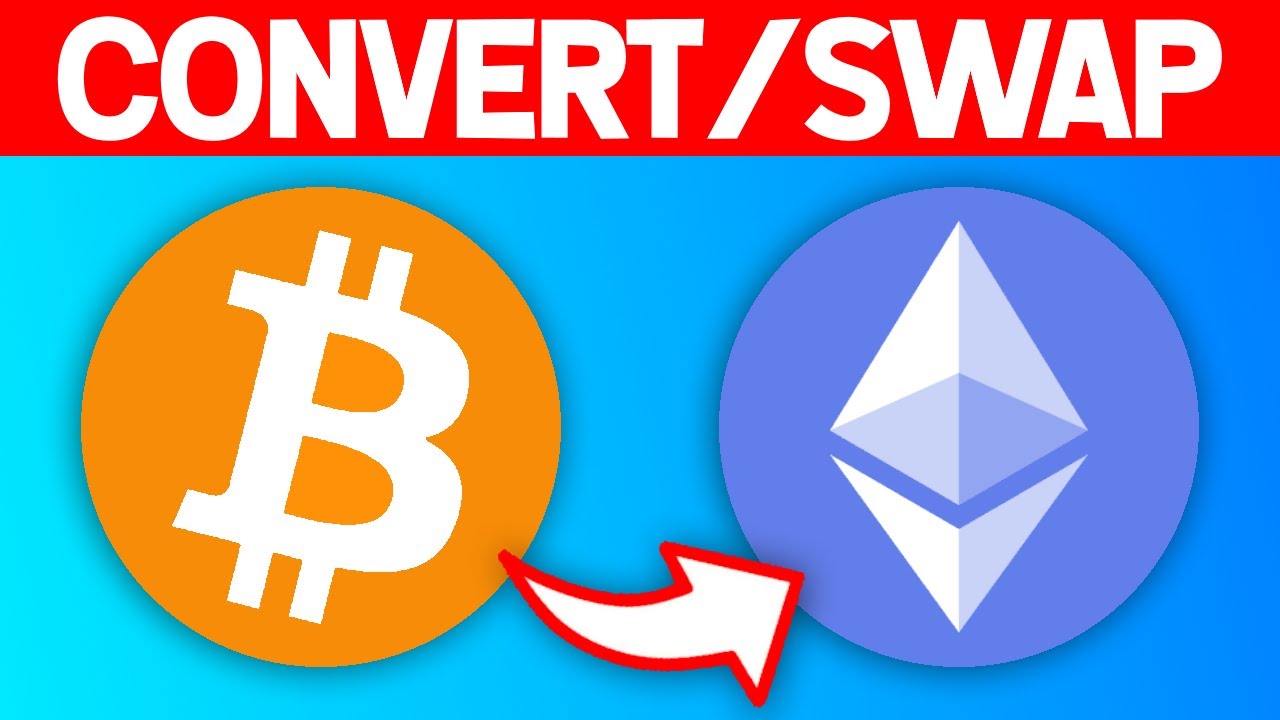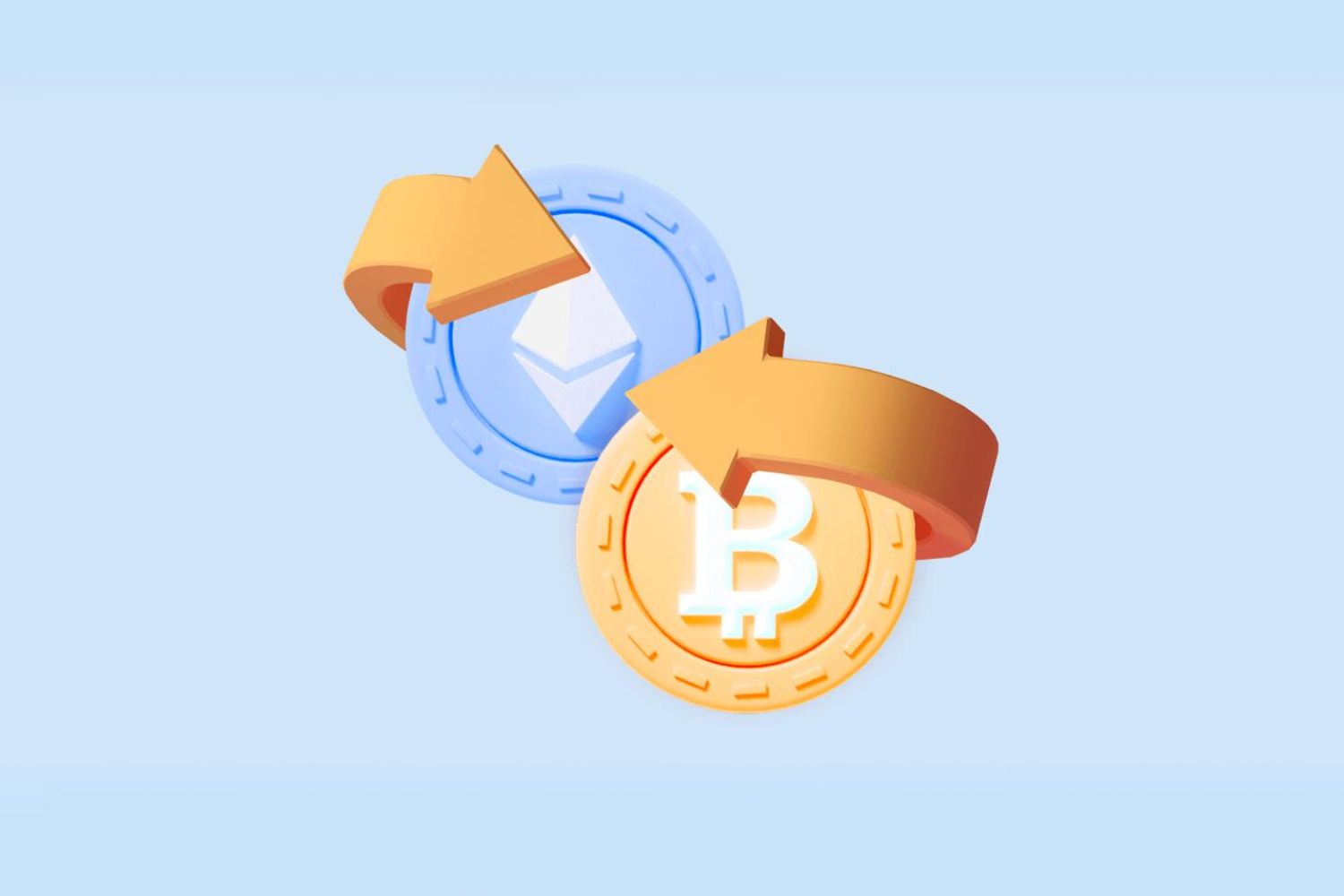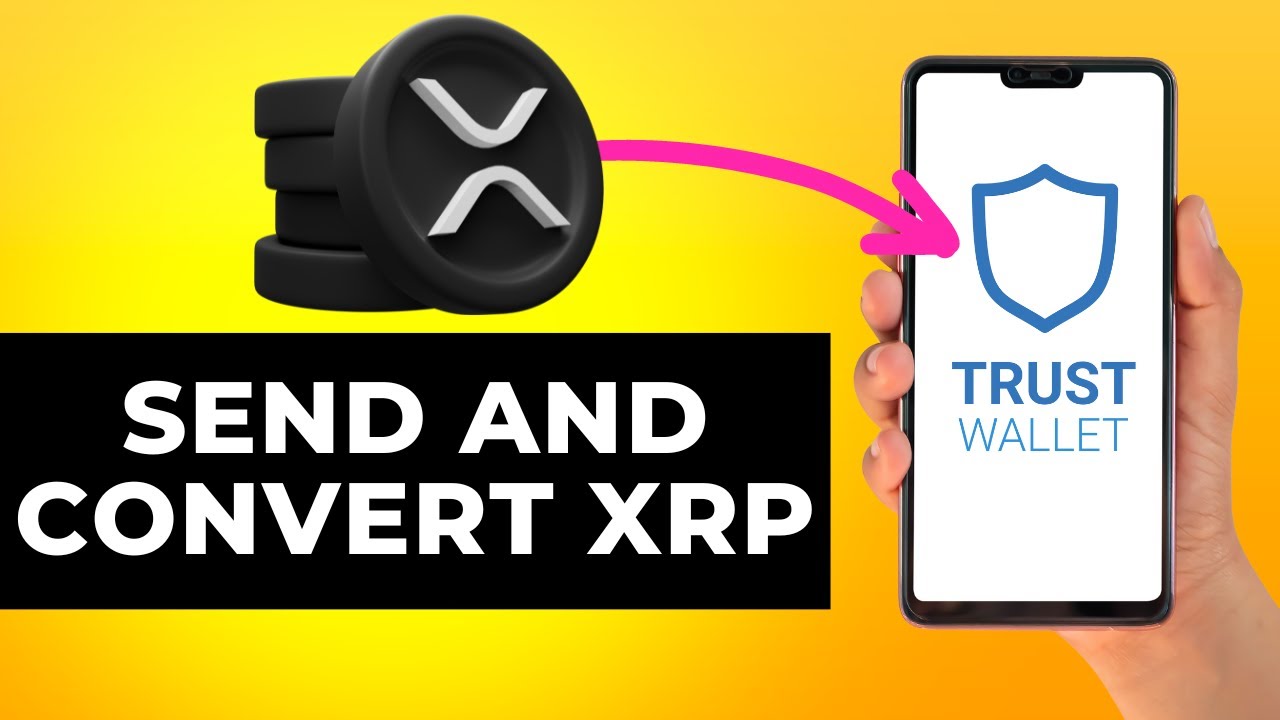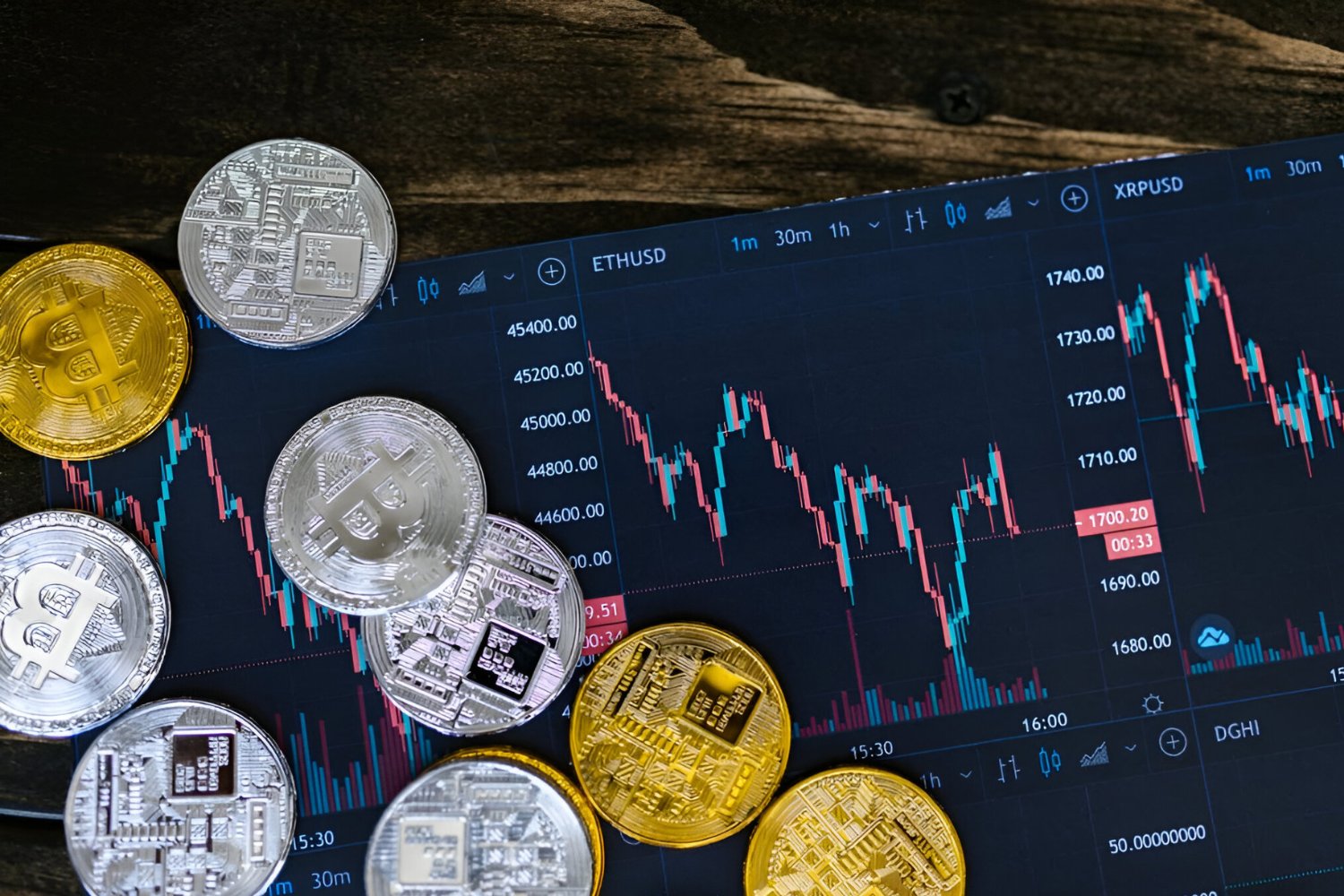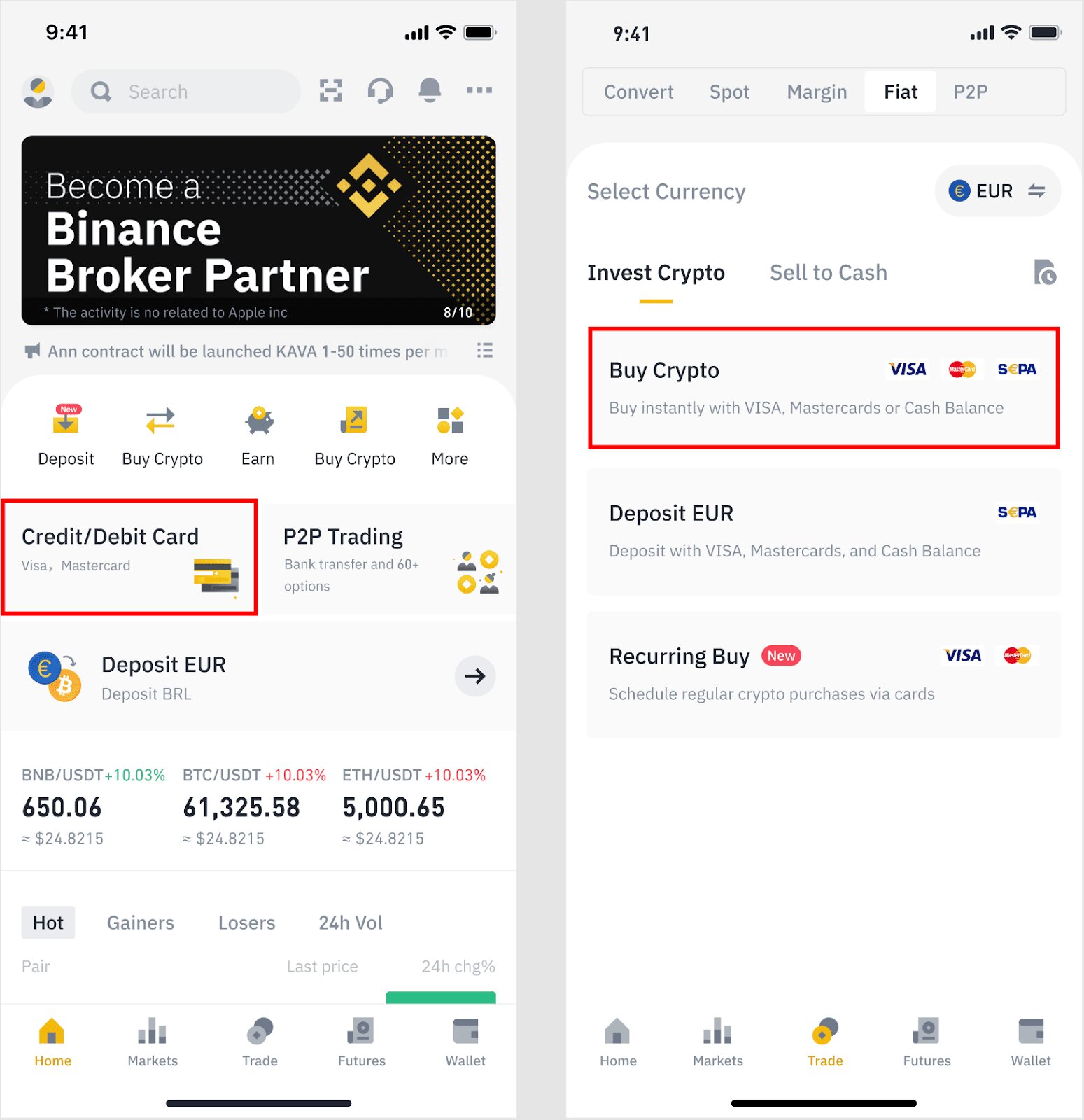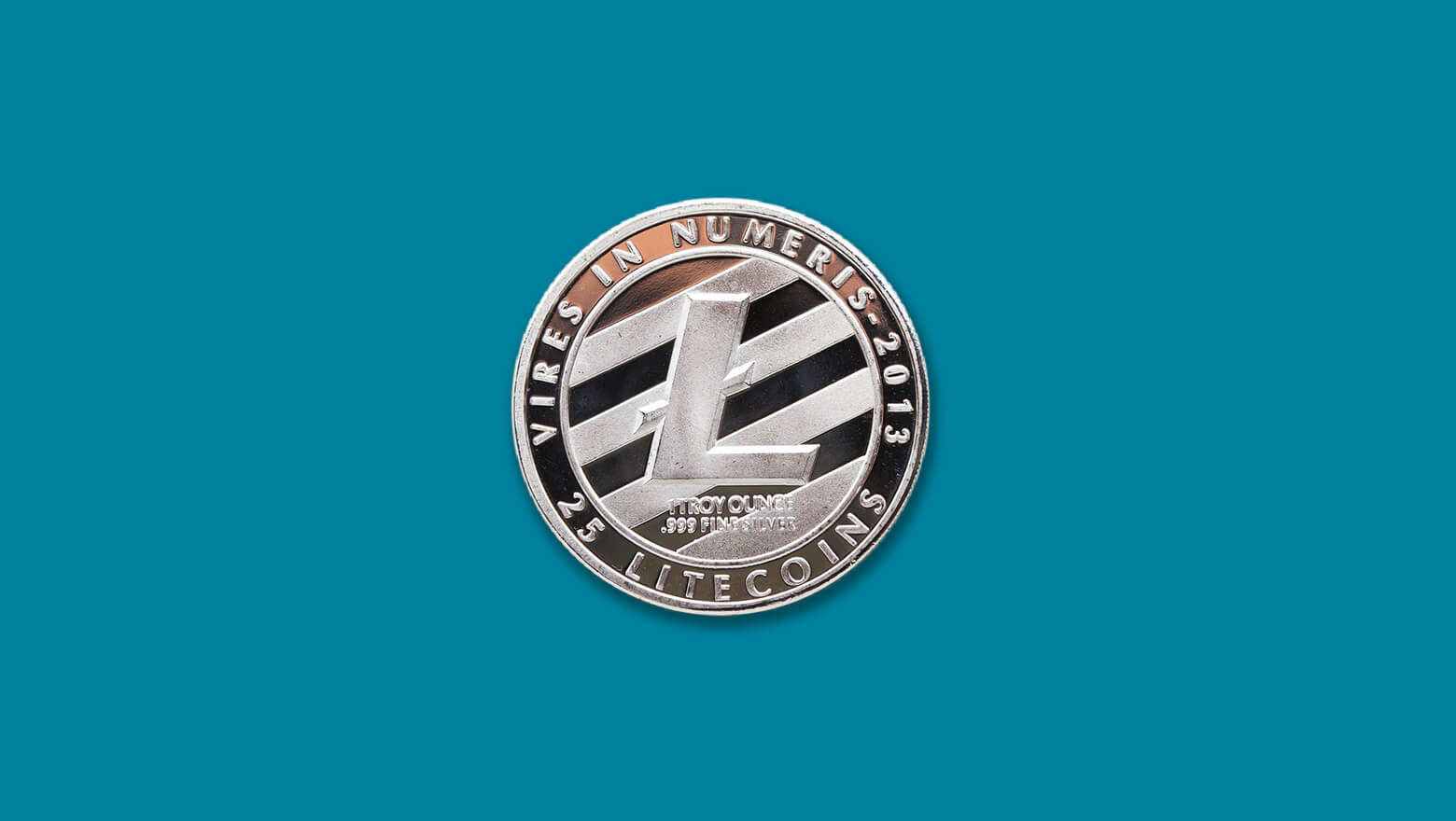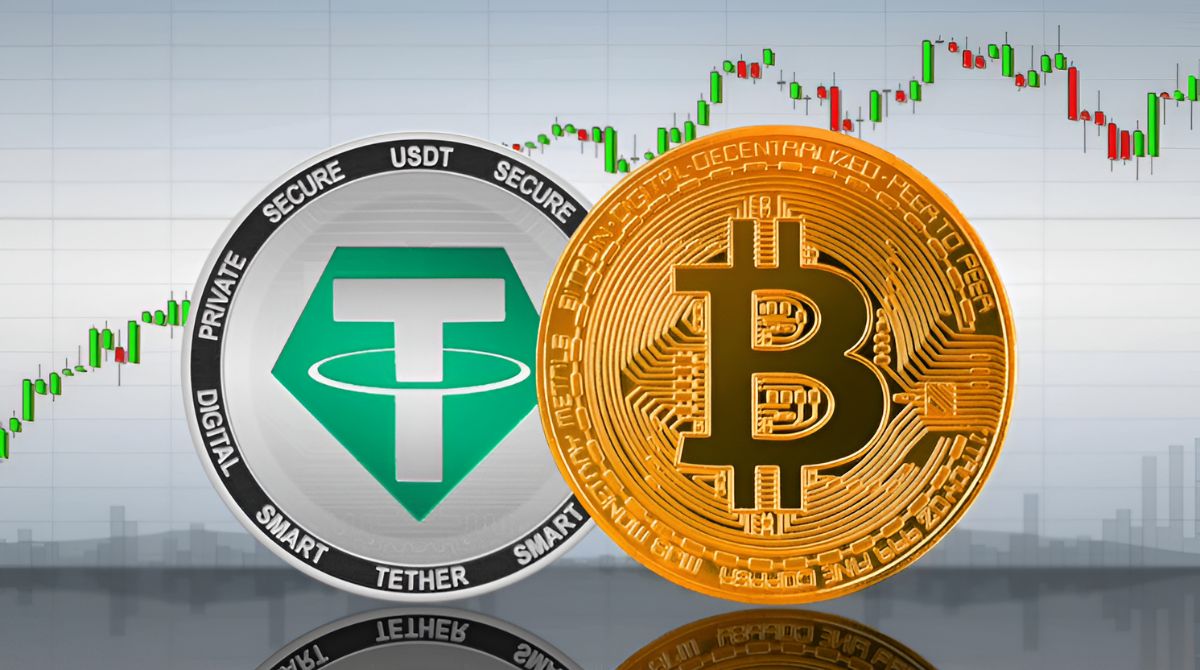Introduction
Welcome to the world of cryptocurrency, where traditional financial systems are being disrupted and decentralized digital currencies are taking center stage. As the adoption of cryptocurrencies continues to grow, various innovative features and instruments have emerged to meet the diverse needs of investors and traders. One such instrument is a swap.
Swaps in cryptocurrency allow users to exchange one type of digital asset for another without the need for an intermediary or centralized exchange. This mechanism offers a convenient and efficient way to diversify one’s cryptocurrency holdings or acquire specific tokens that may not be readily available on traditional exchanges.
In this article, we will explore the concept of swaps in cryptocurrency, understanding how they work, different types of swaps, the benefits and risks involved, and examples of popular swaps in the crypto market. Whether you’re a seasoned crypto enthusiast or new to the world of digital currencies, this guide will provide you with valuable insights into the fascinating world of cryptocurrency swaps.
Please note that while swaps offer exciting opportunities, they also come with risks. It’s essential to conduct thorough research and seek professional advice before engaging in any swap or investment activity. Now, let’s delve deeper into the world of cryptocurrency swaps.
Definition of Swap in Cryptocurrency
In the context of cryptocurrencies, a swap refers to the exchange of one digital asset for another, typically on a peer-to-peer (P2P) basis, without the involvement of a centralized third party. Swaps provide individuals with the opportunity to diversify their crypto portfolios or acquire specific tokens that may not be easily accessible through traditional exchanges.
Unlike traditional exchanges where assets are bought and sold, crypto swaps involve the direct exchange of digital assets between two parties. The concept of swaps is deeply rooted in the principles of decentralization and self-custody, allowing users to maintain control over their funds and execute transactions autonomously.
Swaps can be conducted either on-chain or off-chain, depending on the underlying technology and protocols utilized. On-chain swaps involve the direct execution of a smart contract on the blockchain. This ensures transparency and immutability as the terms of the swap are encoded directly into the blockchain and are publicly verifiable.
Off-chain swaps, on the other hand, involve the use of layer-two scaling solutions or protocols that facilitate the exchange of assets off the main blockchain. These off-chain swaps offer faster transaction times and reduced fees compared to on-chain swaps. However, they may require users to trust the underlying protocol or service provider to facilitate the swap process.
It’s important to note that swaps can involve different types of digital assets, including cryptocurrencies, utility tokens, and security tokens. The specific terms and conditions of a swap, such as the exchange rate and transaction fees, are typically agreed upon by the counterparties involved. The execution of the swap may be instantaneous or involve a predetermined time frame depending on the specific implementation.
Overall, swaps provide individuals with a flexible and decentralized means of exchanging digital assets. By leveraging blockchain technology, swaps offer increased accessibility, liquidity, and control over one’s cryptocurrency holdings. As the crypto industry continues to evolve, swaps are becoming an integral part of the decentralized finance (DeFi) ecosystem, further revolutionizing the way individuals transact and interact with digital assets.
How Does a Swap Work?
A swap in cryptocurrency operates on the principle of peer-to-peer exchange, allowing users to trade their digital assets directly with one another. The process typically involves the following steps:
- Asset Selection: The first step in initiating a swap is selecting the digital assets to be exchanged. Users can choose from a wide range of cryptocurrencies, tokens, or other digital assets that are supported by the swap platform or protocol.
- Agreement on Terms: Once the assets are selected, the parties involved need to agree on the terms of the swap, such as the exchange ratio and any applicable fees. These terms can be predetermined or negotiated between the counterparties.
- Initiating the Swap: After the terms are agreed upon, the swap can be initiated. The exact process may vary depending on the platform or protocol being used. In some cases, users may need to connect their digital wallets to the swap platform, while in others, the transactions can be executed directly from the user’s wallet.
- Asset Transfer: Once the swap is initiated, the digital assets are transferred between the parties. This transfer can occur on-chain or off-chain, depending on the specific implementation of the swap. On-chain swaps involve executing a smart contract on the blockchain, while off-chain swaps may utilize layer-two protocols or other intermediary services.
- Confirmation and Settlement: After the asset transfer is completed, the swap requires confirmation and settlement. This process ensures that the assets have been successfully exchanged according to the agreed-upon terms. Confirmation typically involves verifying the transaction on the blockchain or through other means of validation.
- Completion and Ownership: Once the swap is confirmed and settled, the ownership of the exchanged assets is transferred to the respective parties. At this point, each counterparty will have acquired the digital assets that were agreed upon in the swap.
It’s important to note that the exact mechanics and processes of a swap may vary depending on the specific platform, protocol, or service utilized. Some swaps may require additional steps, such as Know Your Customer (KYC) verification or the use of specific cryptocurrency wallets. Users should familiarize themselves with the specific requirements and procedures before engaging in any swap transactions.
Overall, swaps provide a decentralized and efficient method for individuals to exchange their digital assets directly with other users. By removing the need for intermediaries, swaps offer greater autonomy and control over one’s assets. This peer-to-peer nature of swaps contributes to the overall decentralization and democratization of the cryptocurrency ecosystem.
Types of Swaps in Cryptocurrency
In the world of cryptocurrency, there are several types of swaps that cater to different needs and trading strategies. These swaps offer individuals a variety of options to diversify their cryptocurrency holdings or acquire specific assets. Let’s explore some of the common types of swaps:
- Token-to-Token Swaps: This is perhaps the most common type of swap in the crypto market. Token-to-token swaps allow individuals to exchange one type of cryptocurrency or token for another. For example, you could swap Bitcoin for Ethereum or vice versa. These swaps are typically executed on decentralized exchanges (DEXs) or through decentralized protocols and can be performed directly from your digital wallet.
- Stablecoin Swaps: A stablecoin swap involves exchanging one stablecoin for another. Stablecoins are cryptocurrencies that are pegged to a stable asset, such as a fiat currency or a commodity. Popular stablecoins include Tether (USDT), USD Coin (USDC), and Dai (DAI). Stablecoin swaps are useful for traders who want to move between different stablecoins to take advantage of trading opportunities or maintain a balanced portfolio.
- Wrapped Token Swaps: Wrapped tokens are digital representations of other assets on a blockchain. For example, Wrapped Bitcoin (WBTC) is an ERC-20 token that represents Bitcoin on the Ethereum blockchain. Wrapped token swaps allow users to exchange wrapped tokens for their underlying assets and vice versa. These swaps enable users to access assets from different blockchains without needing to utilize centralized exchanges.
- Futures Swaps: Futures swaps are derivative contracts that allow individuals to speculate on the price movement of a cryptocurrency at a future date. These swaps typically involve entering into an agreement to buy or sell an asset at a predetermined price. Futures swaps are commonly used by traders to hedge against price volatility or to leverage their positions in the market.
- Margin Swaps: Margin swaps involve borrowing funds to trade or acquire digital assets. With margin swaps, individuals can take on leveraged positions, which means they can trade with more funds than they actually hold. Margin swaps carry higher risk due to the potential for amplified gains or losses. They are typically facilitated through margin trading platforms or cryptocurrency exchanges that offer margin trading services.
These are just a few examples of the numerous swap options available in the cryptocurrency market. It’s important to research and understand the specific terms, risks, and requirements associated with each type of swap before engaging in any transactions. As the crypto industry continues to evolve, new types of swaps may emerge, providing even more opportunities for users to diversify and engage in the exciting world of decentralized finance (DeFi).
Benefits and Risks of Swaps in Cryptocurrency
Swaps in cryptocurrency offer a range of benefits and opportunities for individuals looking to engage in decentralized trading and diversify their digital asset holdings. However, like any investment or trading activity, swaps also come with risks. Let’s explore the benefits and risks associated with swaps in cryptocurrency:
Benefits of Swaps:
- Decentralization and Control: Swaps in cryptocurrency operate on blockchain technology, allowing for peer-to-peer exchange without the need for intermediaries. This decentralized nature gives individuals greater control over their assets and reduces reliance on centralized exchanges.
- Access to a Wide Range of Assets: Swaps provide access to a variety of digital assets, including cryptocurrencies, utility tokens, and other digital tokens. This allows users to expand their investment portfolio and gain exposure to different tokens or projects.
- Efficiency and Speed: Cryptocurrency swaps can be executed quickly and efficiently, especially on decentralized exchanges or protocols. This eliminates the need for extensive paperwork, verification processes, and potential delays associated with traditional financial systems.
- Liquidity: Swaps offer increased liquidity, as they connect buyers and sellers directly, enabling faster and more seamless transactions. This liquidity can enhance the overall trading experience and provide opportunities for more efficient price discovery.
- Opportunities for Diversification: Swapping between different digital assets allows individuals to diversify their cryptocurrency holdings. This diversification can help spread risk and potentially increase the chances of capturing market opportunities.
Risks of Swaps:
- Market Volatility: Cryptocurrency markets are highly volatile, and the value of digital assets can fluctuate significantly. Swaps involve trading one asset for another, so individuals are exposed to the price movements of the assets being exchanged.
- Counterparty Risk: Swaps often involve interacting with unknown or anonymous counterparties. There is a risk of encountering fraudulent activities or scams in decentralized platforms. It’s crucial to conduct thorough research, verify the credibility of the platform, and exercise caution when engaging in swaps.
- Smart Contract Risk: On-chain swaps rely on smart contracts, which are susceptible to vulnerabilities and bugs. Malicious actors may exploit these vulnerabilities, resulting in financial losses. It’s important to review and understand the smart contract code before participating in any on-chain swaps.
- Network Congestion and Fees: During periods of high network congestion, executing swaps on the blockchain can be slower and more expensive due to increased transaction fees. Users need to consider these factors when planning their swap activities.
- Regulatory and Compliance Risks: The regulatory landscape for cryptocurrencies and swaps can be complex and evolving. Users need to be aware of the legal and regulatory requirements in their jurisdiction and ensure compliance with any relevant laws or regulations.
It’s important to thoroughly assess the benefits and risks associated with swaps in cryptocurrency before engaging in any trading activities. Conducting research, staying updated on market conditions, and managing risk are essential aspects of navigating the dynamic crypto landscape.
Examples of Popular Swaps in Cryptocurrency
The cryptocurrency market is dynamic and offers a wide range of swaps catering to different interests and investment strategies. Here are some examples of popular swaps in the crypto space:
- ETH to ERC-20 Token Swaps: Ethereum-based decentralized exchanges (DEXs) like Uniswap and SushiSwap allow users to swap Ether (ETH) for various ERC-20 tokens. These swaps provide individuals with access to a plethora of tokens built on the Ethereum blockchain, including popular projects like Chainlink (LINK), Aave (AAVE), and Uniswap (UNI).
- Bitcoin to Stablecoin Swaps: Individuals who want to move in and out of Bitcoin (BTC) while maintaining stability can utilize swaps to exchange their Bitcoin for stablecoins like Tether (USDT) or USD Coin (USDC). This allows users to protect their holdings from volatile market conditions.
- Wrapped Bitcoin (WBTC) Swaps: Wrapped Bitcoin (WBTC) is an ERC-20 token that represents Bitcoin on the Ethereum blockchain. Users can swap their Bitcoin for WBTC through platforms like Kyber Network or RenVM, enabling them to utilize their Bitcoin in decentralized finance (DeFi) applications within the Ethereum ecosystem.
- Dai (DAI) to Stablecoin Swaps: Dai (DAI) is a stablecoin built on the Ethereum blockchain that aims to maintain a value pegged to the US dollar. Users can swap other cryptocurrencies or tokens for DAI on decentralized exchanges like Uniswap, providing them with exposure to a stable digital asset.
- Decentralized Finance (DeFi) Yield Swaps: With the rise of decentralized finance, users can swap their cryptocurrencies for yield-bearing tokens representing participation in various lending or liquidity protocols. For instance, swapping Ether for Aave interest-bearing tokens (aTokens) allows Ethereum holders to earn yield on their holdings.
These are just a few examples of the many swaps available in the cryptocurrency market. It’s important to conduct thorough research and due diligence before participating in any swaps and to choose reliable and secure platforms or protocols for executing such transactions.
As the crypto market continues to evolve, new and innovative swaps will likely emerge, offering individuals even more opportunities to engage in decentralized trading, leverage their assets, and access a wide range of digital assets.
How to Participate in a Swap?
Participating in a swap in the cryptocurrency market involves several steps, depending on the platform or protocol used. Here is a general guide on how to participate in a swap:
- Select a Reliable Swap Platform or Protocol: The first step is to choose a reputable and reliable swap platform or protocol. Research the platform’s history, security measures, liquidity, and user reviews before proceeding.
- Create or Connect a Wallet: Next, you’ll need a cryptocurrency wallet. Choose a wallet that is compatible with the platform or protocol you’re using for the swap. You may need to create a new wallet or connect an existing wallet to the platform.
- Choose the Assets to Swap: Select the digital assets you want to exchange. Determine the amount and type of tokens you wish to swap. Ensure that the assets you want to swap are supported by the platform.
- Check Swap Terms and Rates: Review the swap terms, rates, and any applicable fees. Ensure that they are satisfactory and align with your investment goals.
- Initiate the Swap: Once you have confirmed the terms, initiate the swap by following the platform’s instructions. This typically involves specifying the assets to be exchanged and confirming the transaction details.
- Confirm and Verify the Swap: Depending on the platform or protocol, you may need to confirm the swap through an additional step, such as a two-factor authentication (2FA) or email verification. Follow the required steps to ensure a secure transaction.
- Track and Monitor the Swap: After initiating the swap, track and monitor the progress of the transaction. This can be done by monitoring the blockchain explorer or using the platform’s interface to view the status of the swap.
- Complete the Swap: Once the swap is confirmed and executed, you will receive the exchanged assets in your wallet. Verify that the transaction has been completed successfully.
- Manage the Acquired Assets: Once the swap is complete, you can manage the acquired assets based on your investment strategy. You may choose to hold them, trade them on exchanges, or utilize them in other decentralized finance (DeFi) protocols.
It’s important to note that different platforms and protocols may have variations in the swap process. Some may require additional steps, such as providing liquidity or interacting with smart contracts. It’s crucial to familiarize yourself with the specific instructions provided by the platform or protocol you’re using for the swap.
As with any crypto transaction, it’s essential to exercise caution and conduct thorough research before participating in a swap. Consider factors such as security, fees, liquidity, and user reviews to ensure a smooth and secure swapping experience.
Conclusion
Swaps in cryptocurrency provide individuals with a decentralized and efficient method to exchange digital assets. Whether you’re looking to diversify your portfolio, acquire specific tokens, or explore the world of decentralized finance (DeFi), swaps offer a range of opportunities to engage in peer-to-peer trading without relying on intermediaries.
Throughout this article, we explored the definition of cryptocurrency swaps, how they work, different types of swaps, the benefits and risks involved, examples of popular swaps, and how to participate in a swap. By understanding these key aspects, you are equipped with the knowledge to navigate the dynamic world of cryptocurrency swaps.
While swaps offer numerous benefits, it’s important to be aware of the risks associated with cryptocurrency trading. Market volatility, counterparty risk, smart contract vulnerabilities, network congestion, and regulatory considerations are factors to consider and evaluate before engaging in any swap transactions.
To participate in a swap, carefully select a reliable swap platform or protocol, ensure compatibility with your chosen wallet, review and agree to the terms and rates, and follow the specific instructions provided by the platform. Stay informed, track the progress of your swaps, and manage your acquired assets wisely based on your investment goals and risk appetite.
As the cryptocurrency market continues to evolve, swaps are likely to play an increasingly important role in the decentralized finance ecosystem. To maximize the benefits and minimize the risks, it’s crucial to keep up with industry developments, conduct thorough research, and stay informed about the latest best practices for participating in swaps.
Remember, the cryptocurrency market can be unpredictable, and it’s essential to exercise caution and make informed decisions. By leveraging the opportunities offered by swaps and staying vigilant, you can navigate the ever-changing landscape of cryptocurrency trading with confidence.









